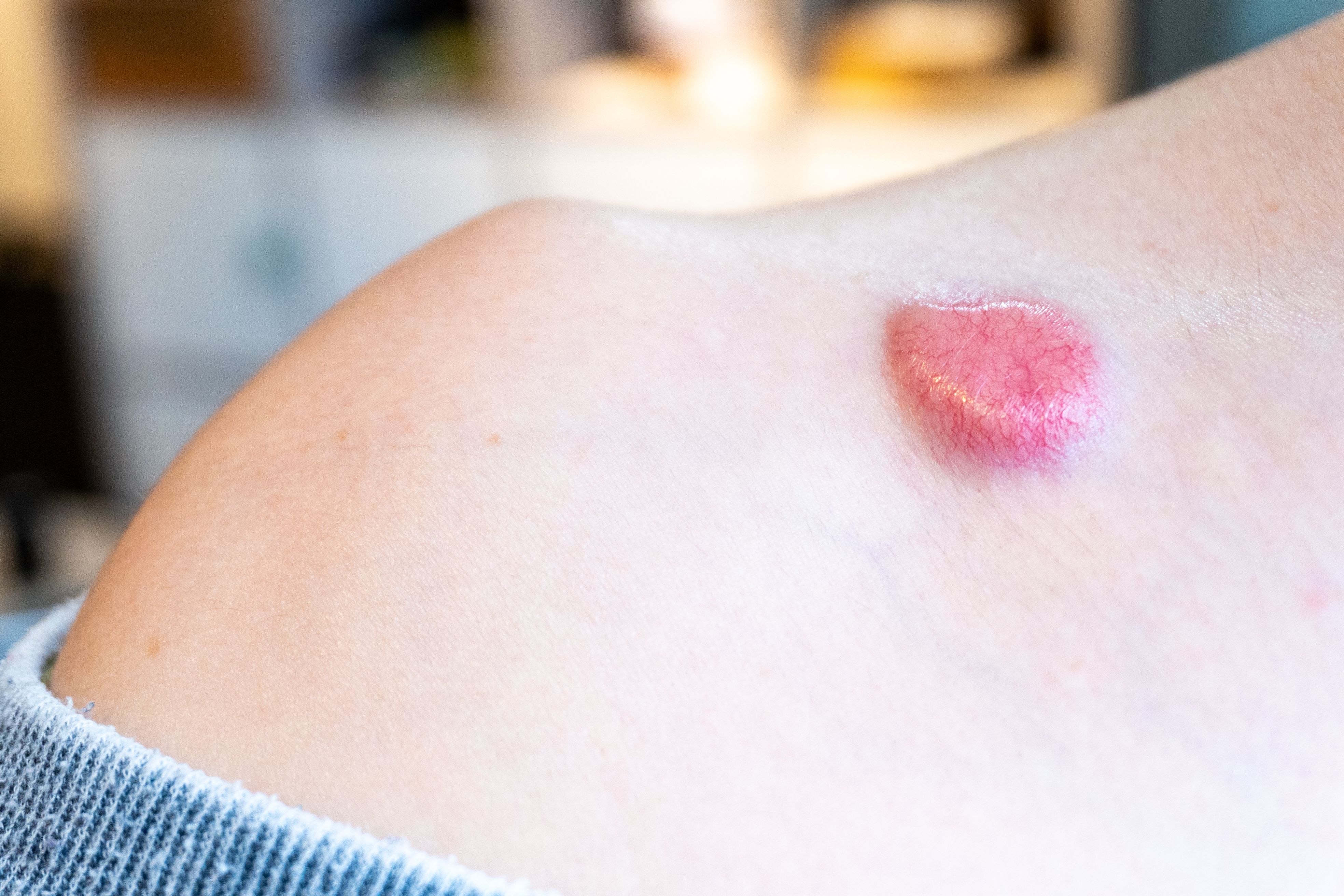- Case-Based Roundtable
- General Dermatology
- Eczema
- Chronic Hand Eczema
- Alopecia
- Aesthetics
- Vitiligo
- COVID-19
- Actinic Keratosis
- Precision Medicine and Biologics
- Rare Disease
- Wound Care
- Rosacea
- Psoriasis
- Psoriatic Arthritis
- Atopic Dermatitis
- Melasma
- NP and PA
- Skin Cancer
- Hidradenitis Suppurativa
- Drug Watch
- Pigmentary Disorders
- Acne
- Pediatric Dermatology
- Practice Management
- Prurigo Nodularis
- Buy-and-Bill
Article
Topical N-Phosphonacetyl-L-Aspartate Efficacy in Nonmelanoma Skin Cancers
Author(s):
In a murine model, application of PALA in topical fashion led to reductions in tumor grades and numbers.
In a murine model, a topical formula containing molecule N-phosphonacetyl-L-aspartate (PALA) proved to be an effective treatment option for nonmelanoma skin cancers—including as a potential alternative to costly and invasive procedures such as Mohs surgery or surgical excision.
Joyce Grace/AdobeStock

In a recent study,1 researchers investigated the potential of topical PALA in skin cancers, citing previous research demonstrating systemic administration’s anti-neoplastic efficacy in murine models of melanoma and lung carcinoma. Furthermore, they noted a lack of effective non-invasive topical treatments capable of providing a comparable level of efficacy to gold standards like surgical removal.
Researchers began by dissolving PALA samples in a 50% acetone/10% glycerol solution; these samples were dissolved to either 1%, 2%, or 5%. Laboratory mice were exposed to ultraviolet B (UVB) radiation 3 times per week for a total of 20 weeks in order to induce tumors on their dorsal skin. UVB exposure was increased by 10% each week through week 10, beginning at 80 mJ/cm2 UVB exposure and concluding at 175 mJ/cm2.
Following the 20-week exposure period, researchers assigned mice to treatment or vehicle treatment groups based on the total number of tumors present. Mice in the treatment group received 200 μL of topical PALA daily, while mice in the vehicle treatment group received 200 μL of a topical placebo. Using visual counts and photography, researchers assessed each mouse’s tumor burden on a weekly basis.
All tissue samples were then stained with a haematoxylin/eosin and underwent a histopathologic assessment. Meanwhile, researchers also conducted multiplex immunofluorescent imaging and enzyme-linked immunoassays.
In addition to assessing tumor burden, researchers also conducted skin irritation testing using several topical formulas, which were applied daily over the course of 7 days:
- 2% PALA/50% acetone/10% glycerol
- 5% imiquimod (IMQ)
- 5% 5-FU
- Aquaphor
- Vehicle control
As a result of their research, investigators found that a topical PALA formula reduced tumor growth in a dose-dependent manner. Additionally, topical PALA did not appear to be toxic up to 5%. The treatment was well-tolerated with minimal adverse effects such as weight loss or skin irritation.
Three separate tumor factors, including tumor area, tumor burden, and tumor grade, all reduced in mice treated with topical PALA. When compared to other frontline topical treatment options for nonmelanoma skin cancers, application of topical PALA was more well-tolerated.
“This study demonstrates that topically applied PALA is a potential new treatment for actinic keratosis and SCC of the skin. PALA is a simple molecule that can treat cancer through two distinct mechanisms. We have successfully shown that daily topical treatment with 2% PALA not only decreases tumour growth but also hinders progression of the tumour to more metastatic cell types,” study authors wrote. “Topical treatment with PALA is not only a viable new candidate for skin cancer, but also potentially for any tumour accessible by non-invasive means, including oral cancers, vaginal cancers, cervical cancers and others. PALA may also improve the activity of other cancer therapies, such as checkpoint inhibitors or the topicals IMQ and 5-FU, through adjuvant or complementary mechanisms of action. We suggest that topical application of PALA should be pursued as a candidate for an alternative non-invasive and affordable treatment for various cancers in the future.”
Reference
- Mahen KK, Markley L, Bogart J, et al. Topical phosphonacetyl‐aspartate is a dual action candidate for treating non‐melanoma skin cancer. Exp Dermatol. Published online June 13, 2023. doi:10.1111/exd.14853





